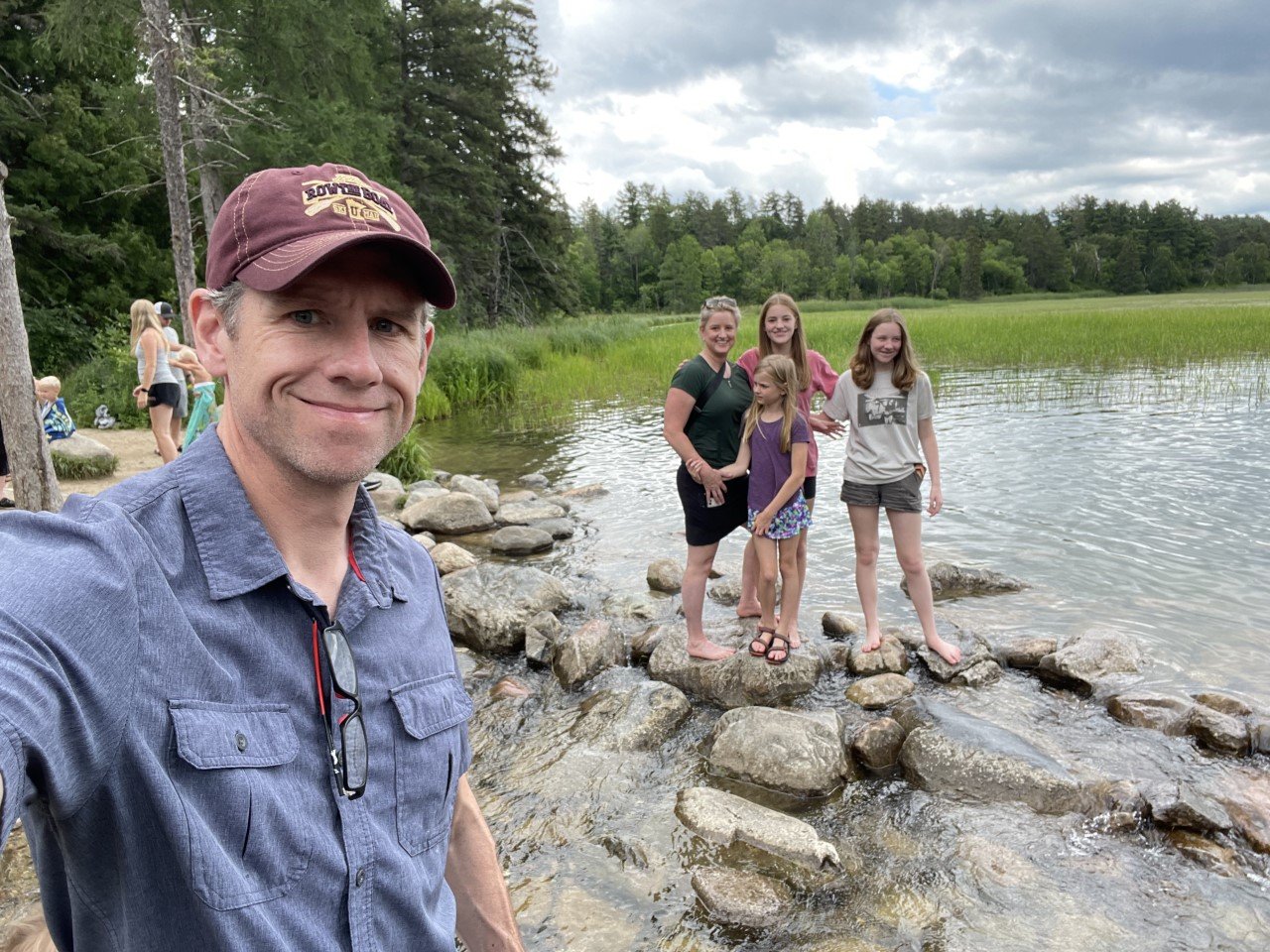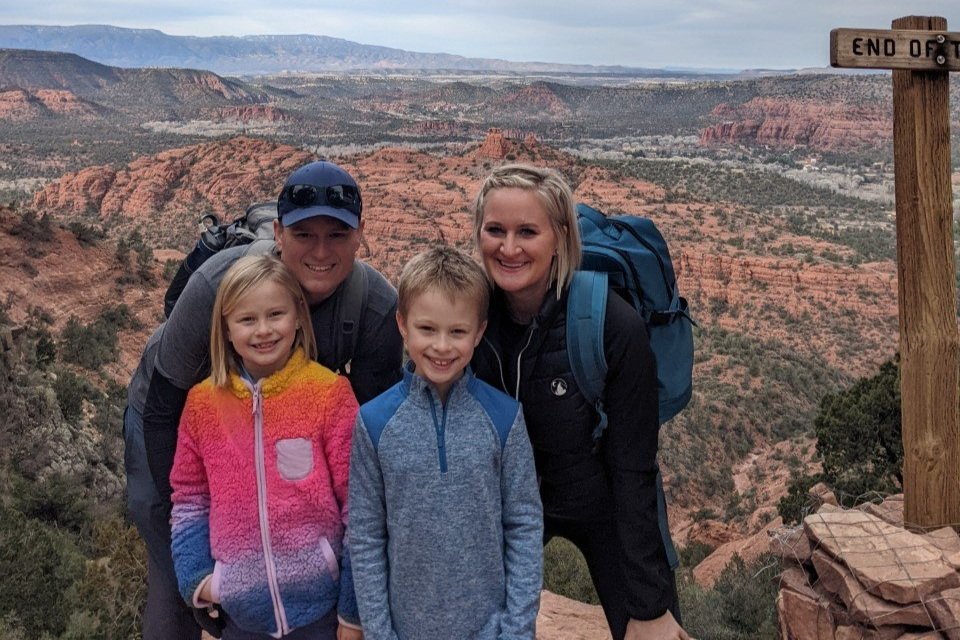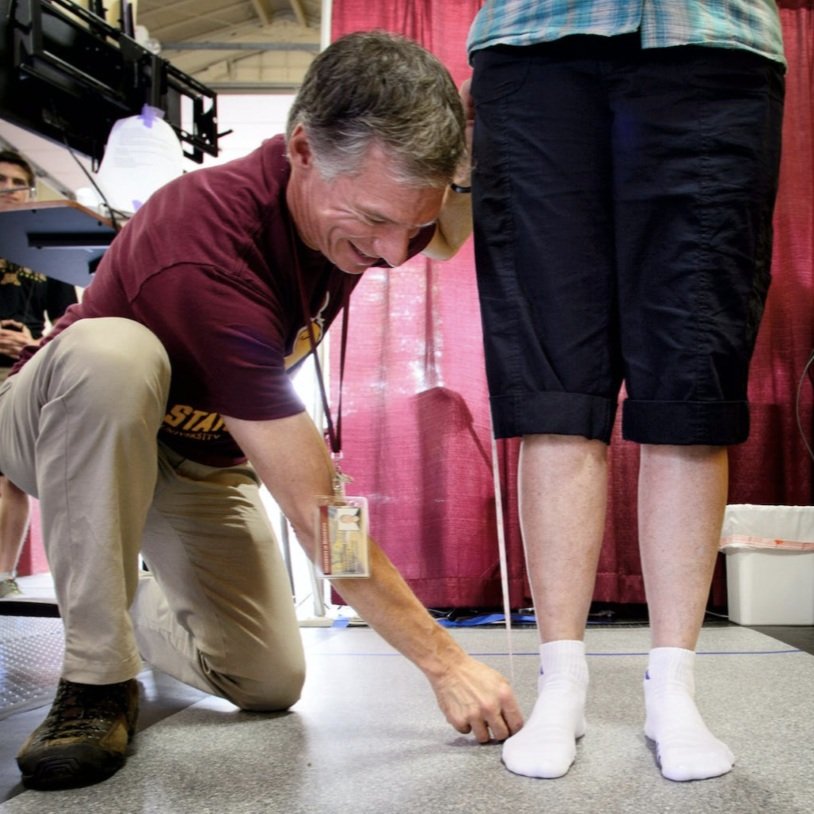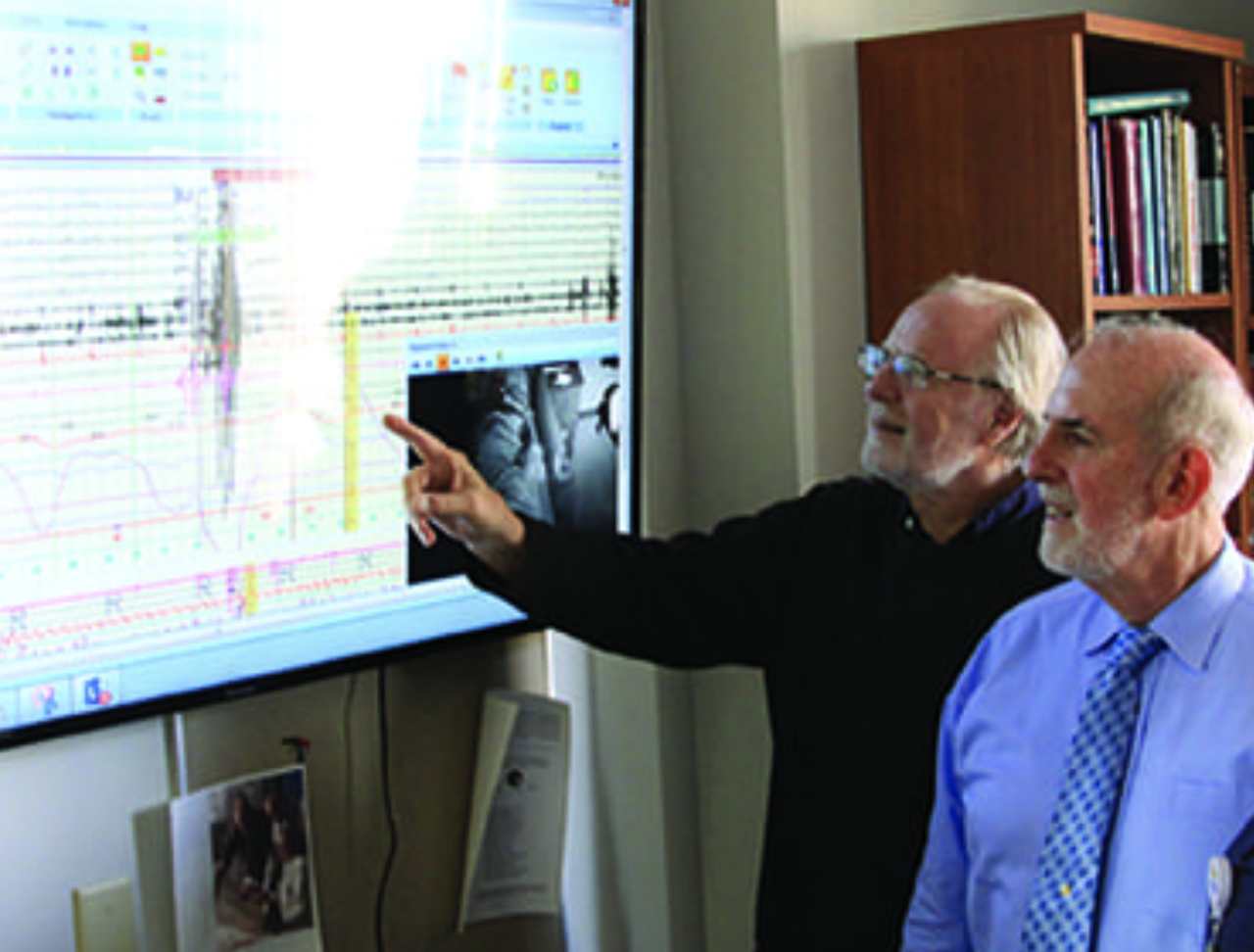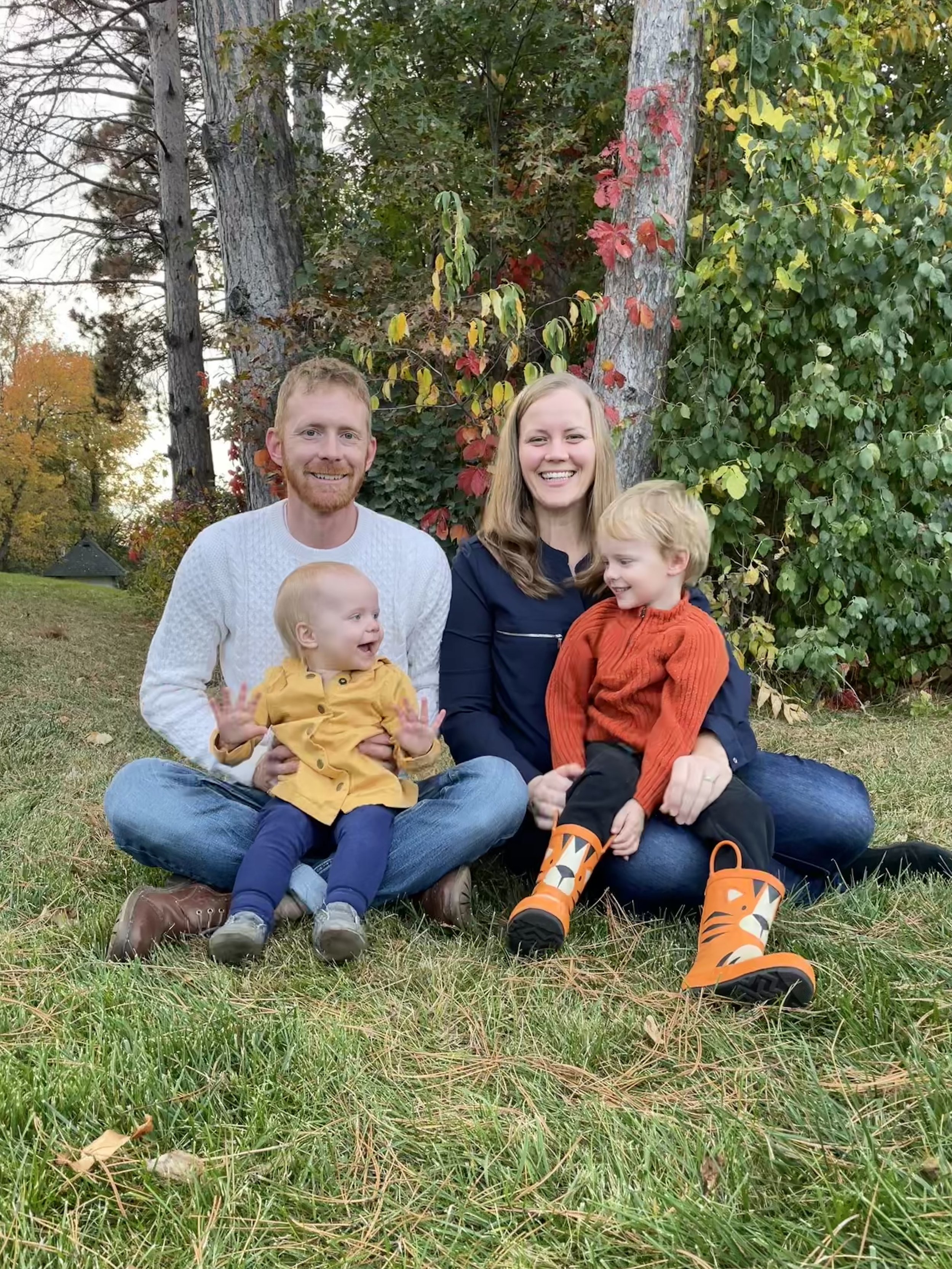NAPS Consortium Site Spotlight: University of Minnesota
In 1982, on his first day of clinic, University of Minnesota psychiatrist Carlos Schenck met a 68-year-old man who had, for years, been thrashing, punching and kicking at night. A few nights later Carlos stayed awake during the patients’ overnight sleep study at Hennepin County Medical Center. Carefully observing the patients sleep he noted numerous bursts of muscle activity which superficially resemble arousals.
However, after later scrutiny of the recording with the assistance of his neurologist colleague, Mark Mahowald and the astute technologist, Andrea Patterson, they recognized their patients’ behaviors were emanating from REM sleep.Initially described as ‘Violent Moving Nightmares’, Schenck and Mahowald later described the condition as ‘REM Sleep Behavior Disorder’ (RBD).
From the Video Archives: After the first report of five patients was published in 1986 it became clear that dream enactment was not rare, as numerous individuals began presenting with their families, seeking answers to account for their eruptions of nocturnal violence.
Soon after the discovery of RBD and careful clinical observation of the series of RBD patients that Carlos and Mark had collected, findings revealed that RBD represented a prodromal neurological syndrome – the most important relationship is with disorders of alpha-synuclein pathology, such as Parkinson’s disease (PD), Dementia with Lewy Bodies, and Multiple System Atrophy.
Carlos Schenck has continued to research and educate on the condition he helped discover in 1982. He was the first President of the International REM sleep Behavior Disorder Study Group (IRBDSG) and is an active member in the University of Minnesota NAPS team.
Andrea Patterson, helped found and lead the American Academy of Sleep Technologists and was a leader in early efforts to develop a standardized competency-based test for sleep technologists until her death in 2007.
Mark Mahowald, in addition to being a tireless clinician and educator was elected President of the American Academy of Sleep Medicine and led the Minnesota Regional Sleep Disorders Center until 2011 when he joined the faculty at Stanford University. He was an active researcher, lecturer and publisher on the critical importance of sleep and circadian health until his death in 2020.
The University of Minnesota Medical School is at the forefront of learning and discovery, transforming medical care and educating the next generation of physicians. Our graduates and faculty produce high-impact biomedical research and advance the practice of medicine. We acknowledge that the U of M Medical School, both the Twin Cities campus and Duluth campus, is located on traditional, ancestral and contemporary lands of the Dakota and the Ojibwe, and scores of other Indigenous people, and we affirm our commitment to tribal communities and their sovereignty as we seek to improve and strengthen our relations with tribal nations. For more information about the U of M Medical School, please visit med.umn.edu.
Our Team
Recent Highlights
A summary of opportunities for The University of Minnesota to represent NAPS at conferences, speaking engagements, in various publications and through research.
AASM | Sleep Medicine Trends 2023 (February 2023)
Sleep Medicine Trends 2023 explored new strategies for patient care and emerging technologies and innovations that are making an impact on clinical sleep medicine. NAPS investigator, Michael Howell, MD guest spoke about the Management of RBD + sleep and performance.
More about the AASM here.
New Treatment Paradigms in Treating RBD (February 2023)
NAPS investigator, Michael Howell, MD was recently interviewed for the AASM's "Talking Sleep" Podcast, outlining the new clinical practice guideline that provides recommendations for the management of adults with RBD. The guideline provides clinicians with insight on how best to prevent sleep-related injury and how to provide patients with a risk assessment for neurological disease.
🎧 Listen to the episode here.
Columns Neuroplasticity Study (Ongoing)
The team at the Movement Disorders Lab at the University of Minnesota is currently conducting research to track how motor and non-motor symptoms progress from prodromal stages through advanced Parkinson’s disease. As a diagnosis of RBD increases the likelihood of developing Parkinson’s disease, or another neurodegenerative disease, the NAPS study is a critical component of this research portfolio. As a corollary to the NAPS study, we are currently conducting a research project to prospectively track people with RBD over 3 years and measure their motor and non-motor symptoms, and neuroplasticity. This work will help us understand the course of RBD, the relationship to PD, and the neurological underpinnings of RBD and PD.
University of Minnesota researchers continue to study RBD and its relationship to neurodegenerative disorders and honor the legacy founded by Carlos, Mark and Andrea since the discovery of RBD over 40 years ago. We are incredibly proud to work with our North American colleagues and serve as members of the North American Prodromal Synucleinopathy consortium.
⠀ Our team is committed to further the NAPS study's mission to support clinical care, advance discovery, promote education, and engage our community in order to improve the quality of life and care of individuals living with RBD. Learn more about our promise. ⠀


